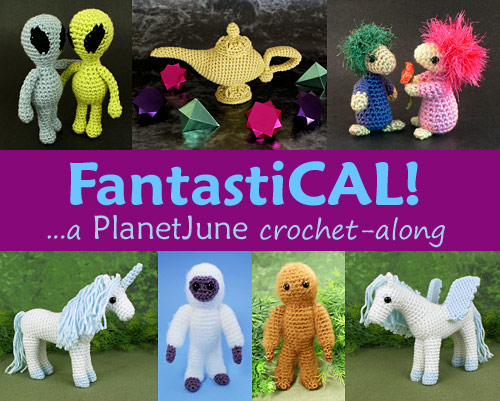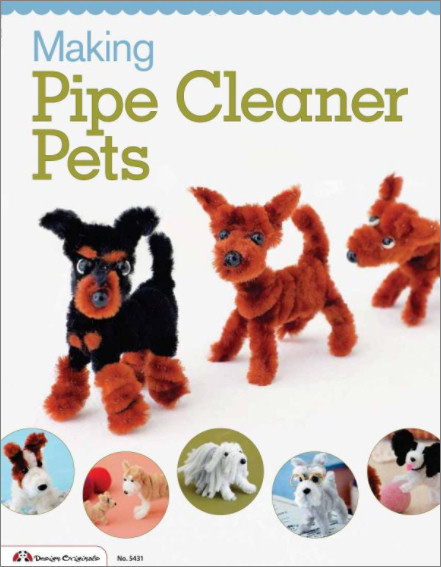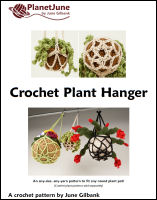
Summertime is typically the slowest season for crochet, but perhaps I can tempt you back to your hook with a choice of two PlanetJune crochet-alongs to join in with for July and August? Both include some small, quick pattern options if you’re short on time. If you feel like something a bit different, how about […]

















